Jan Rusz
Federated learning for secure development of AI models for Parkinson's disease detection using speech from different languages
May 18, 2023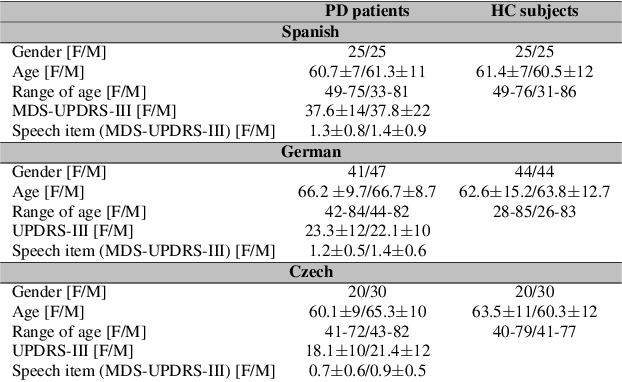
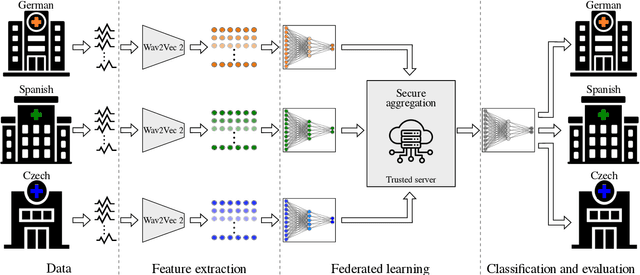
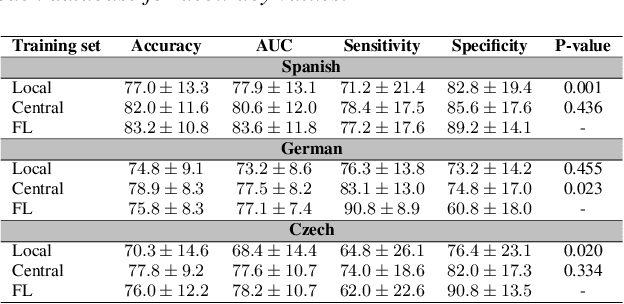

Abstract:Parkinson's disease (PD) is a neurological disorder impacting a person's speech. Among automatic PD assessment methods, deep learning models have gained particular interest. Recently, the community has explored cross-pathology and cross-language models which can improve diagnostic accuracy even further. However, strict patient data privacy regulations largely prevent institutions from sharing patient speech data with each other. In this paper, we employ federated learning (FL) for PD detection using speech signals from 3 real-world language corpora of German, Spanish, and Czech, each from a separate institution. Our results indicate that the FL model outperforms all the local models in terms of diagnostic accuracy, while not performing very differently from the model based on centrally combined training sets, with the advantage of not requiring any data sharing among collaborators. This will simplify inter-institutional collaborations, resulting in enhancement of patient outcomes.
Assessing clinical utility of Machine Learning and Artificial Intelligence approaches to analyze speech recordings in Multiple Sclerosis: A Pilot Study
Sep 27, 2021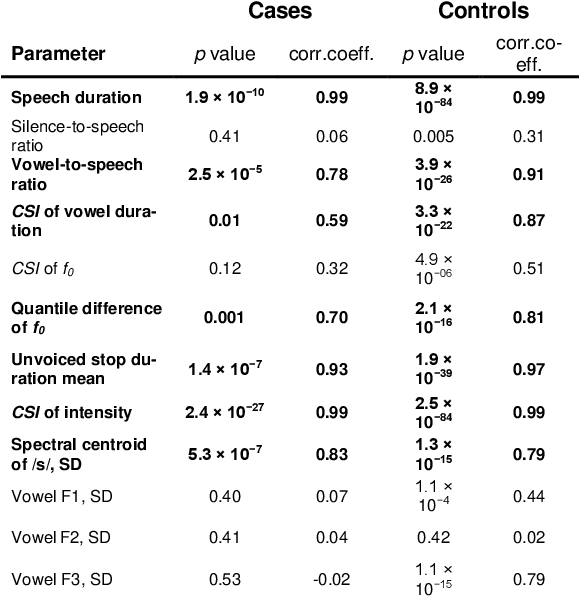

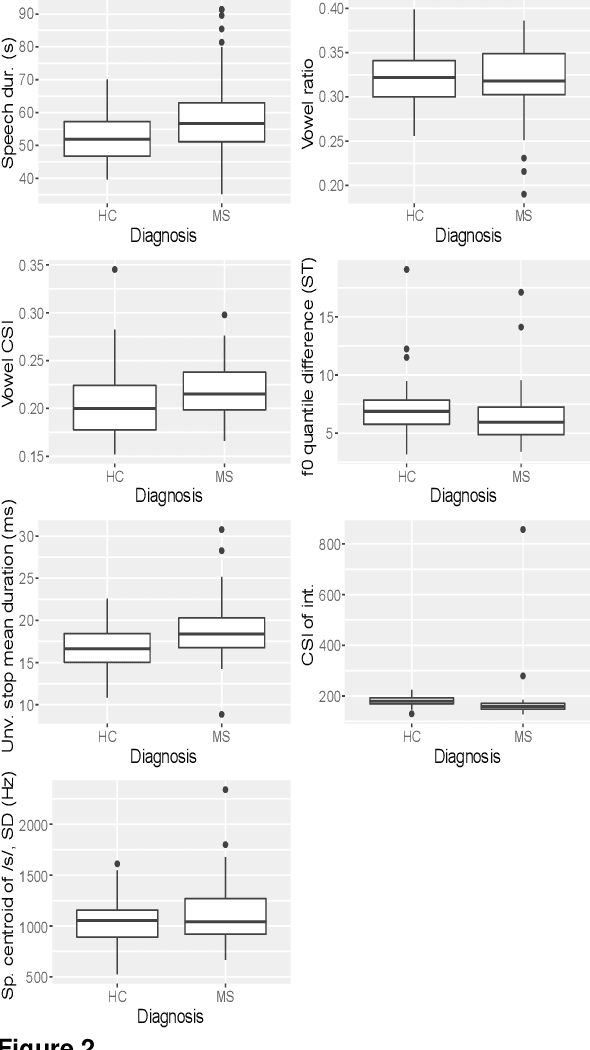
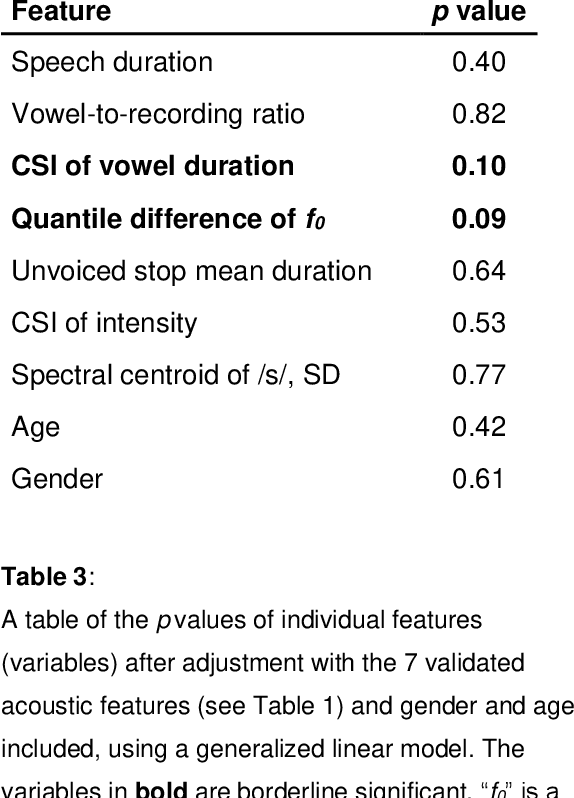
Abstract:Background: An early diagnosis together with an accurate disease progression monitoring of multiple sclerosis is an important component of successful disease management. Prior studies have established that multiple sclerosis is correlated with speech discrepancies. Early research using objective acoustic measurements has discovered measurable dysarthria. Objective: To determine the potential clinical utility of machine learning and deep learning/AI approaches for the aiding of diagnosis, biomarker extraction and progression monitoring of multiple sclerosis using speech recordings. Methods: A corpus of 65 MS-positive and 66 healthy individuals reading the same text aloud was used for targeted acoustic feature extraction utilizing automatic phoneme segmentation. A series of binary classification models was trained, tuned, and evaluated regarding their Accuracy and area-under-curve. Results: The Random Forest model performed best, achieving an Accuracy of 0.82 on the validation dataset and an area-under-curve of 0.76 across 5 k-fold cycles on the training dataset. 5 out of 7 acoustic features were statistically significant. Conclusion: Machine learning and artificial intelligence in automatic analyses of voice recordings for aiding MS diagnosis and progression tracking seems promising. Further clinical validation of these methods and their mapping onto multiple sclerosis progression is needed, as well as a validating utility for English-speaking populations.
 Add to Chrome
Add to Chrome Add to Firefox
Add to Firefox Add to Edge
Add to Edge